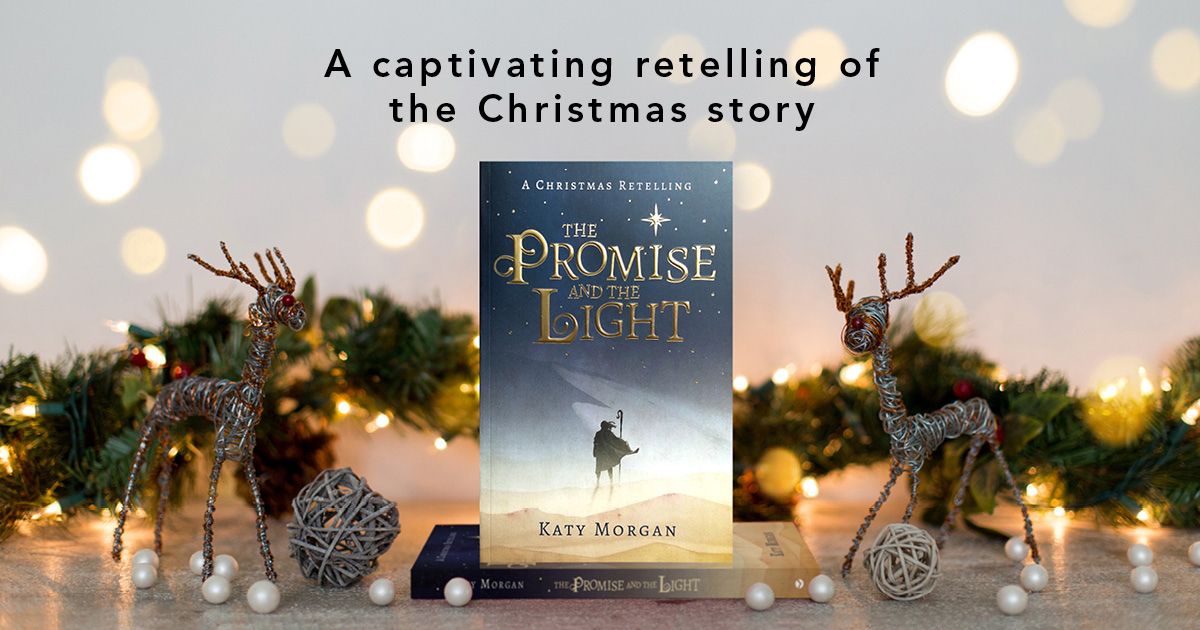
Imagination doesn't have a good reputation in the Bible—at least not if you read the King James Version:
“The imagination of man's heart is evil from his youth” (Genesis 8:21)
“They walked in the imagination of their evil heart, and went backwards and not forward” (Jeremiah 7:24)
“He hath scattered the proud in the imagination of their hearts” (Luke 1:51)
The NIV translates these words as “inclination” or “inmost thoughts”, so let's not get too carried away and read this as a blanket ban on creativity. Still, there is a need for caution when it comes to the imagination. Our hearts and minds are liable to lead us astray. It's not for nothing that the root word of “imagination” is “image”—which in the Old Testament means “idol”. I recently heard a young girl say that she thought God was probably non-binary and we should use the pronouns “they” and “them” to refer to him. She was imagining her own version of God—and that way terrible danger lies.
That's quite an extreme example, but overuse of the imagination when it comes to our faith, especially in the way we read and interpret Scripture, is a very easy pit to fall into. We reimagine familiar Bible stories, inventing our own details and straying further and further from what the passage actually says. We get lost in speculations about information we aren't given, and miss the main point of the passage. Or we read our own emotional lives into those of Bible characters, and make it about human drama instead of about God.
Yet the imagination is also a wonderful, even vital tool as we approach the Bible.
"I'll be honest, these texts are so familiar to me that at first my attention just slips over them. But when I pause and let my imagination wander through the Bible’s sentences, I see them differently."
Our pastors and teachers do it for us all the time: they use their imaginations to retell Bible stories and apply them to our lives. One of the best sermons I ever heard, on the raising of Lazarus, involved almost no actual direct teaching; our pastor simply retold the story in a way that was deeply compelling and made me want to run outside and tell everyone about the extraordinary hope we have in Christ.
But we can also do this for ourselves, in our own private Bible reading. This is a different way of reading from the kind of nuts-and-bolts literary analysis we’re often taught in school. Simply take a story, read it carefully, notice the facts of the narrative, ask for the Spirit’s insight, then imagine the scene. Really imagine it.

Captivating retelling of the nativity story. Great Christmas gift for kids who love to read.
I have found this approach very fruitful over the past few months as I've read the Gospel of Mark. I'll be honest, these texts are so familiar to me that at first my attention just slips over them. But when I pause and let my imagination wander through the Bible’s sentences, I see them differently. Take the account of Jesus’ baptism in Mark 1:4-11. We’re told about John the Baptist’s clothing—but what did it really look like? We’re told about the crowds that flocked to see him—but what might have been motivating them? How did they feel when they heard that message of hope for absolution, perhaps for the first time ever? What did they expect when they heard John’s promise of someone more powerful? And what was it like to be ducked under that cool water?
When I ask these kinds of questions, I don't just enjoy the story more—I enjoy Jesus more because I spend more time dwelling on what he is really like.
Or take an epistle. No stories here, so how do we use our imaginations appropriately? It's a rare passage of these letters that doesn't use an image or metaphor of some kind. Imagine the sharp edge of the sword of the Spirit (Ephesians 6:17; Hebrews 4:12), the warm glow of the treasure in clay jars (2 Corinthians 4:7), or the splendid sight of the holy mountain (Hebrews 12:22). Don't just picture them—really imagine them. Fill your heart with God's images.
As long as we don't let our imaginations become the source and foundation of truth, a deliberately imaginative approach to Bible reading can bring us great riches—far greater than, on our own, we ever imagined.
Written as a series of vivid and dramatic first-person accounts, The Promise and The Light tells the stories of Mary, Joseph and Zechariah as they experience the events of the first Christmas. Written in a lively and engaging style, this imaginative yet biblically faithful book will captivate children aged 8-12.